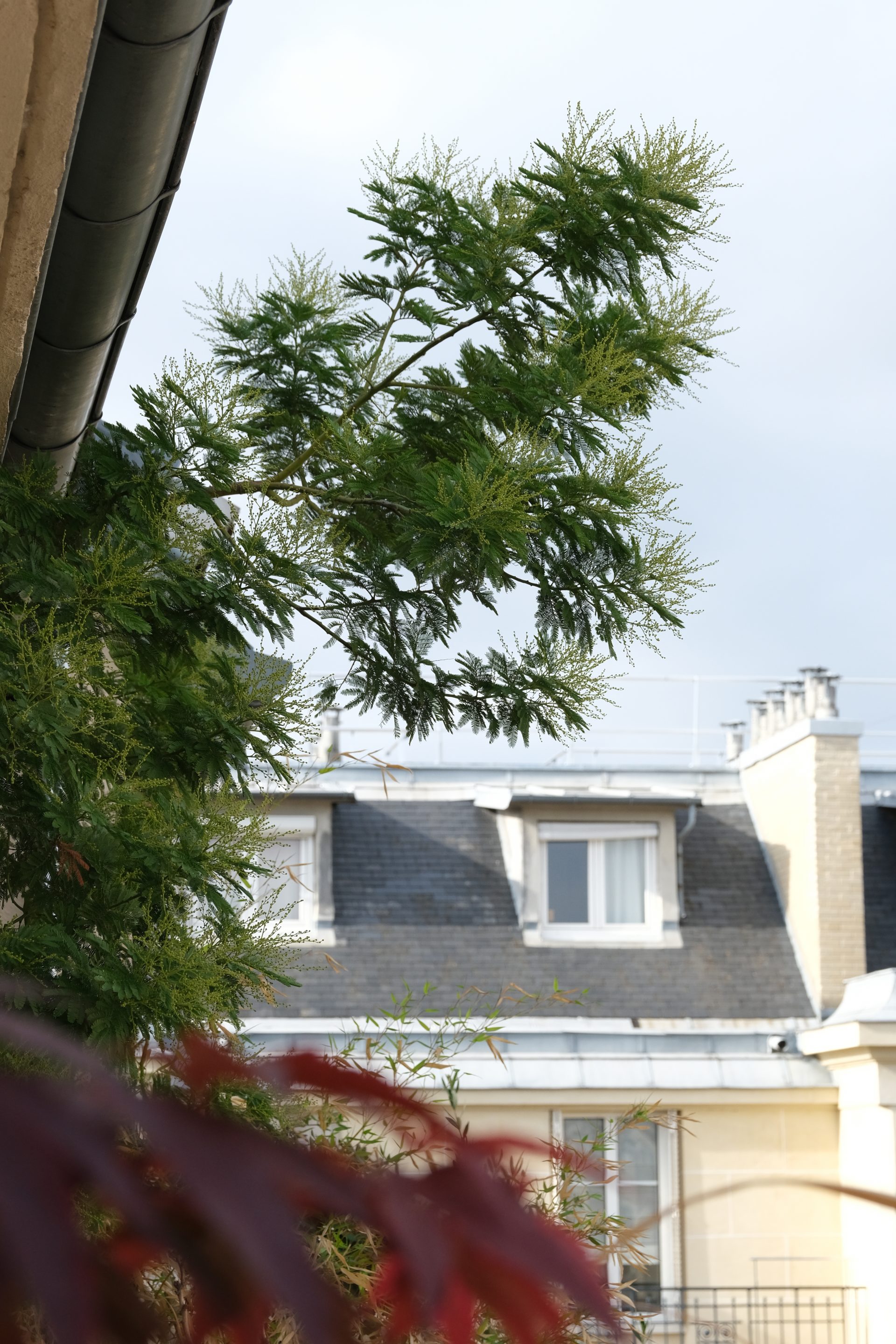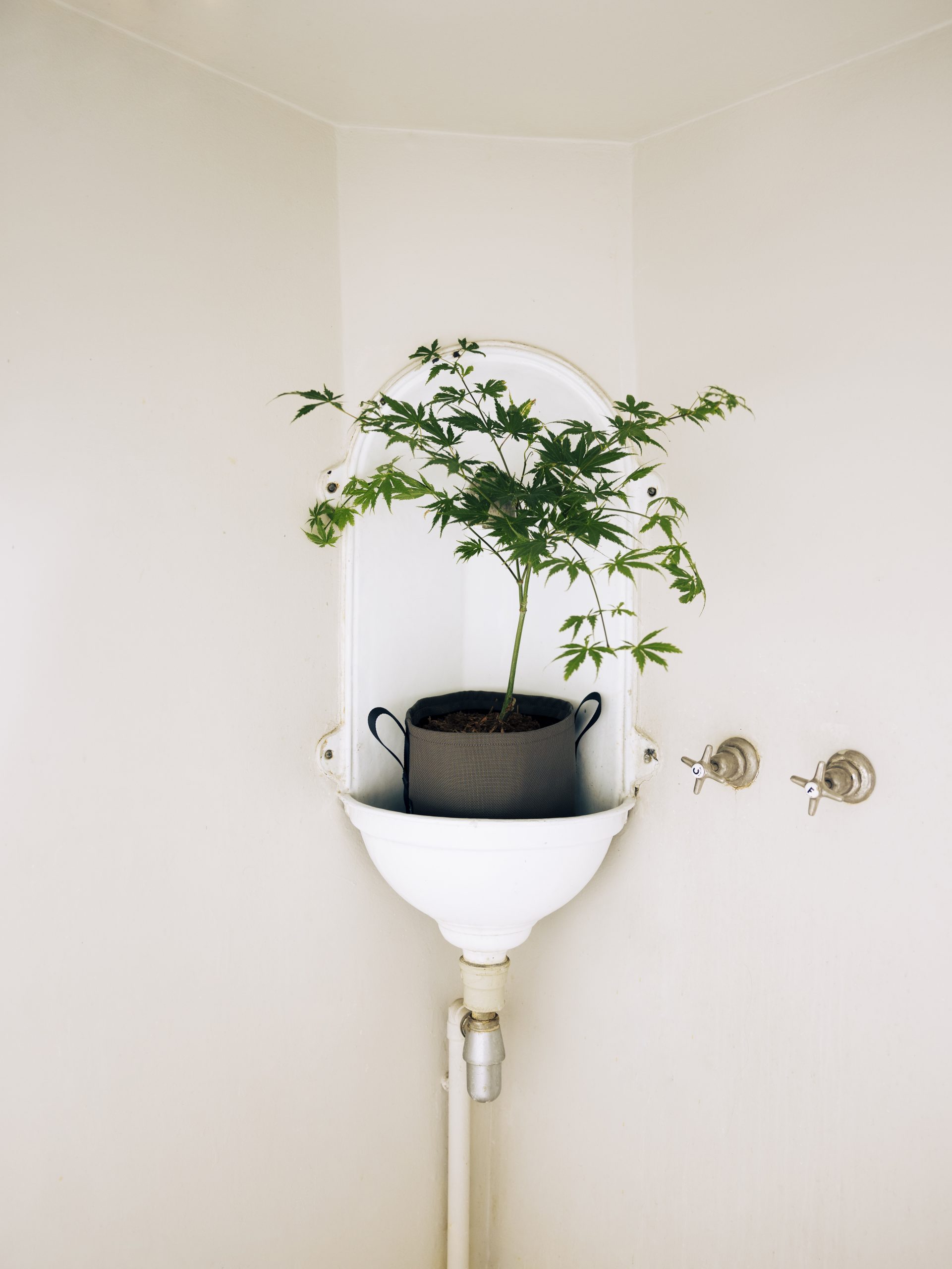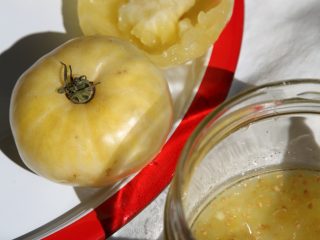Practical tips for repotting your outdoor plants
Whether it's on your deck, balcony or patio, outdoor plants do well in pots. Trees, shrubs and bushy perennials may not grow as well as they would in the ground, but they can still thrive, as long as the container is the right size and the soil is nutritious. In this article we will share some practical tips for repotting your outdoor perennials to give them more space and fresh soil.
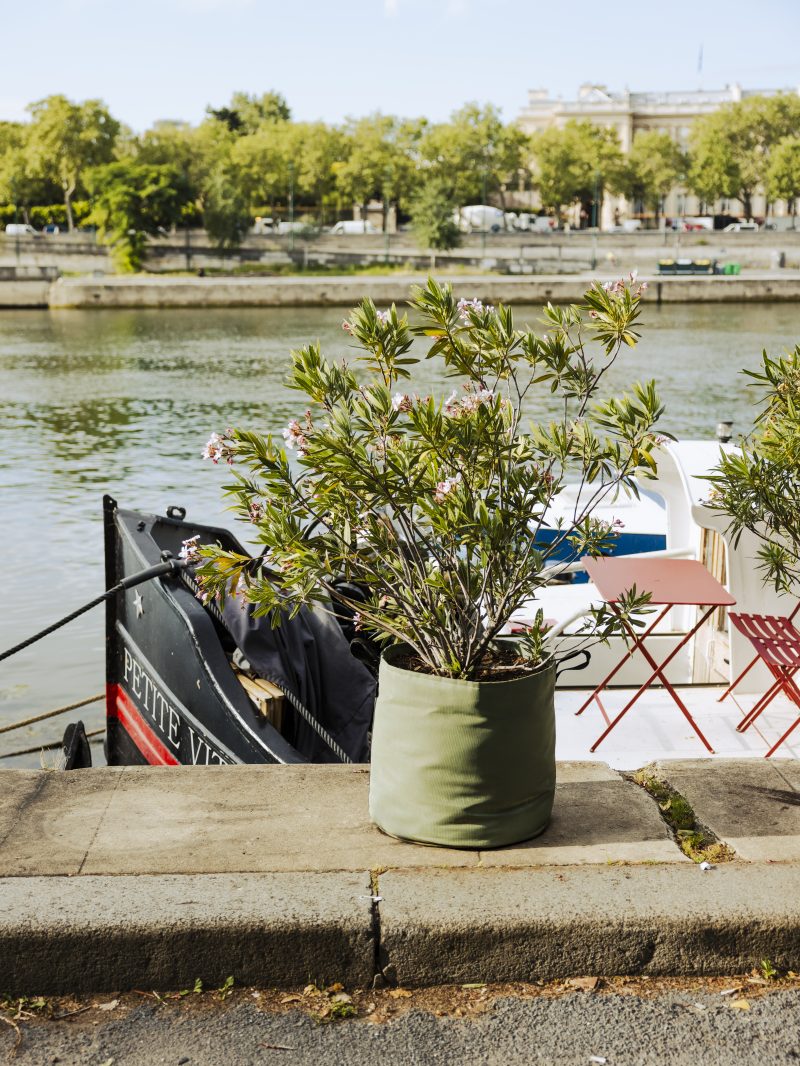
Why repot your outdoor plants?
Roots fix plants in the soil and absorb water and nutrients for growth and leaf photosynthesis. Their below-ground activity plays a vital role. After multiple cycles in the same container, roots can become over-compressed. It is then necessary to repot your plant in a larger pot to sustain its development. In addition, the soil's nutrient quality declines over time to the point where it becomes too depleted. Repotting allows you to replace the old soil with fresh, nutritious humus.
NB: The larger the container, the better protected the plant's roots are and the more resistant they will be to hot and cold weather. Whereas if a container is too small, the roots will spread outside the root ball and the plant will become root-bound, which makes it very vulnerable to temperature variations.
Root system development in a conventional pot vs. in a BACSAC® container
- In a conventional pot
When the roots are overcrowded, they coil around the root ball towards the drainage holes, looking for a way out; the plant becomes root-bound, weakens and dies. Because they are in direct contact with the pot's surface, the roots are greatly affected by temperature variations. - Dans un BACSAC®
The root system is denser and more balanced thanks to the breathable and permeable nature of its materials. When the root reaches the geotextile felt, it stops growing in contact with the air and develops new roots. This is why a plant in a BACSAC® is not at risk of being root-bound.
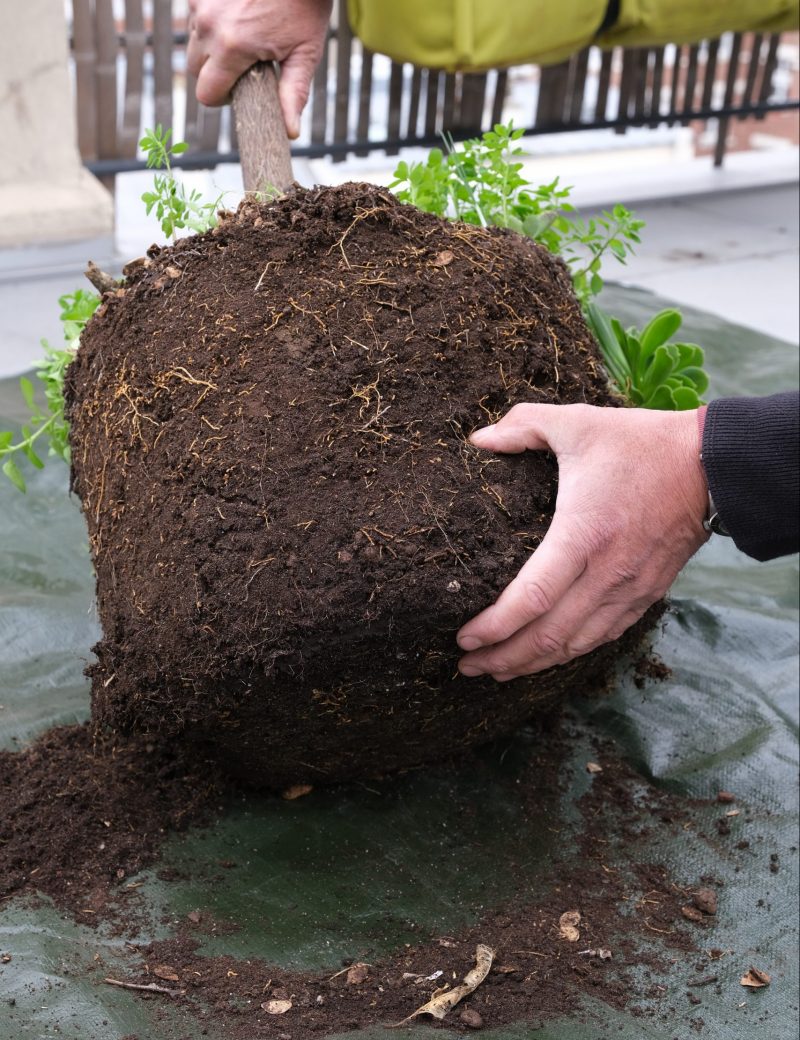
When and how often should you repot your outdoor plants?
Monitor the health of your potted plants: if the leaves turn yellow, are smaller, or the fruit forms late or not at all; this is evidence that a plant lacks space. A substrate that dries out too quickly after watering, the growth of small roots on the surface or roots that escape through drainage holes are further signs that your plant needs to be repotted. Depending on how fast your plant grows, you should repot it every two to three years on average until it reaches its full size. Because BACSAC® materials are flexible, you can feel if the roots are straining by pressing on the sides of the pot!
What are the best seasons for repotting?
You can repot your outdoor plants during two seasons: autumn or spring
- In autumn, before the first frost. The flowering period is over and the plant can concentrate on strengthening its root system. The sap drop and then winter dormancy will help it take root.
- In early spring, once there is no longer any fear of frost and before
the first blooms. The acclimatisation period before the sap starts to rise is very short and the root system will not have had time to strengthen. It is essential to ensure regular watering throughout the summer season.
How to repot an outdoor plant?
- Put a tarpaulin on the ground to keep your exterior from getting dirty.
- Once you have made sure it is dry, loosen the soil around the edge of the pot with a transplanting trowel so that the root ball can come out more easily. Grab the tree by its trunk and pull it upwards firmly, while keeping the pot on the ground. If it has been in place for a long time, you will have to be tough!
- Once the root ball is exposed, clear the old soil from the roots and the base of the trunk, and use this opportunity to "dress the roots": tease the roots apart and loosen them by hand or for the toughest ones with pruning shears. Reduce the size of the root ball by pruning roots that are too long, damaged or fragile. NB: Never repot a plant that is root-bound, thinking that the roots will untangle once installed in a larger container! Ideally, the new pot should have a diameter that is twice the size of the root ball.
- If you are using old pots, it is important to clean them well to avoid the spread of parasites (insects, fungi, algae, etc.). After drying and brushing them, clean them with water and white vinegar, making sure to rinse them thoroughly.
> Read BACSAC® care instructions - In a plastic or terracotta pot, it is customary to place a mineral layer at the bottom of the pot to allow excess water to drain (rock, clay, etc.). This is not necessary with BACSAC® containers: their technical materials are permeable and ensure good drainage.
- Place a first layer of potting soil adapted to your plant and then place the root ball in the centre, spreading out the roots (do not bunch them all together).
- Add soil up to the top of the pot, packing it well. When repotting in a BACSAC® make sure you fill in the soil all around the root ball and do not leave any creases. The BACSAC® must be full!
- Water generously and cover the surface with mulch.
- Do not fertilise a freshly repotted plant, as the potting soil used for repotting contains enough nutrients to meet the plant's needs for the next four to six months. Then add compost twice a year, in autumn and spring.
Alternatives when it is no longer possible to repot
- When you can still remove the root ball from its pot
If you can't increase the size of the pot due to lack of space on your balcony, simply remove the root ball from the pot to prune the roots and replace the soil. - When you can no longer remove the root ball from its pot
When it becomes too difficult to remove the root ball from its container, because the tree is too old or too firmly rooted, you can merely add new soil without removing the plant from its pot. Remove as much soil as possible from the pot, right down to the first roots without damaging them, then replace the removed soil with new potting soil. Water generously and add mulch to the surface.
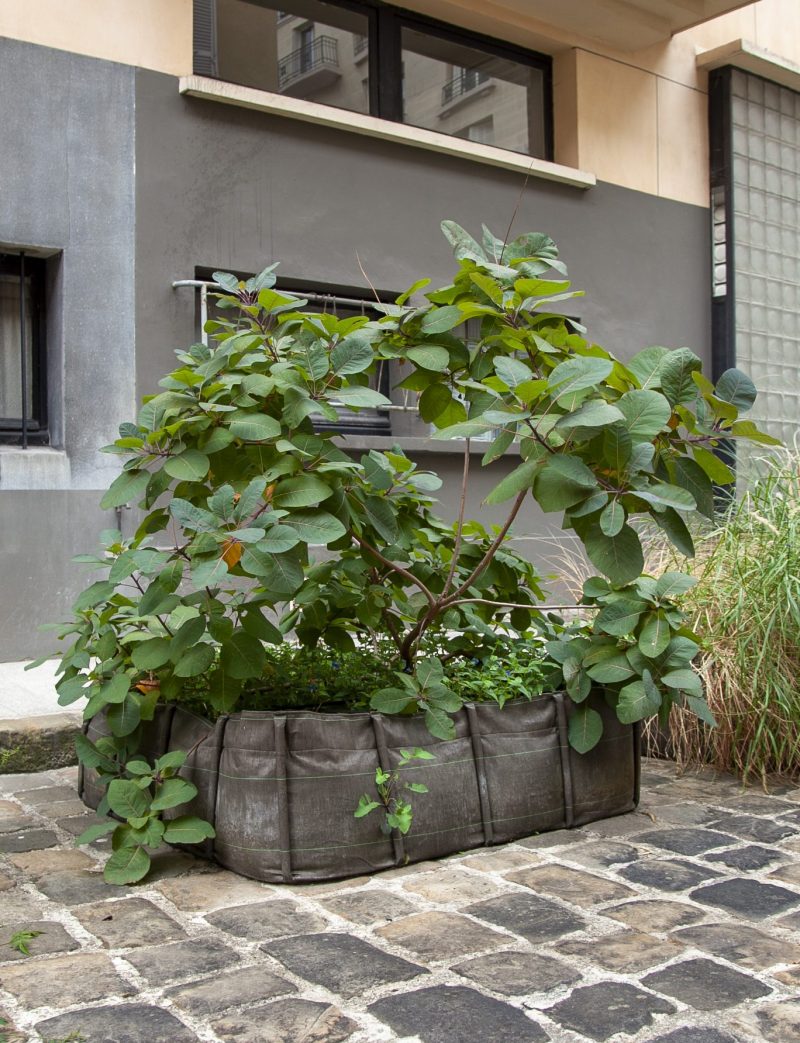
BACSAC® is there to make sure your outdoor plants thrive. Classic round pots,
, vegetable garden squares or raised vegetable garden planters,
discover the most suitable containers for your plants.
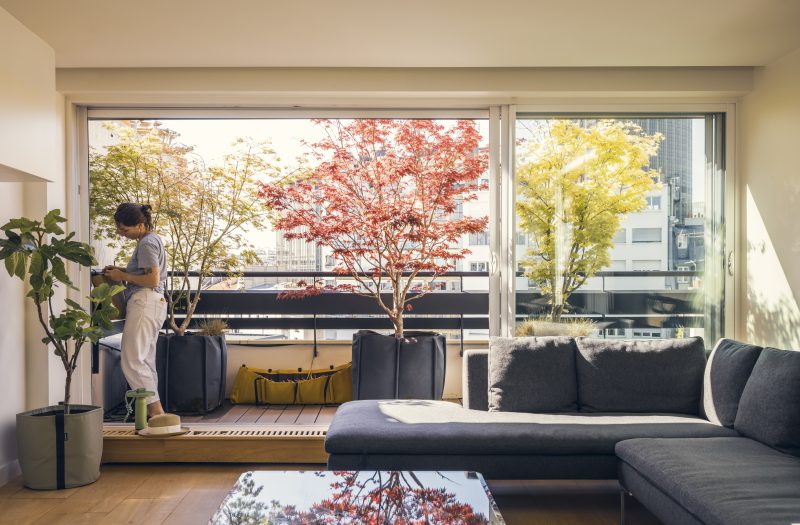
+ Follow our adventures on Instagram

